
Some cats are most definitely lap cats, loving all forms of affection from belly rubs to a loving embrace. On the other end of the spectrum, some pet owners find that their beloved cat doesn’t seem to want any physical touch at all, actively moving away from strokes and cuddles, and jumping away if they attempt to hold them.
Being picked up and held is not a natural behavior for cats, and many dislike it. Some reasons cats might dislike being held include poor socialization, feeling restrained, fear, or pain. Other ways to bond with a cat include playing with them, grooming them, or gentle petting. Key Takeaways
Cats have a reputation for being aloof, but why do some cats who seem very bonded to their owners still shy away from being held? It can be disappointing to have a cat who dislikes being held when all we want to do is love them and cuddle them, but it may help to understand more about cat behavior and what we can do to strengthen the cat-owner bond with a cat that dislikes touch.
Let’s go through the top reasons why a cat may not like to be picked up and held.
1. Natural Instinct
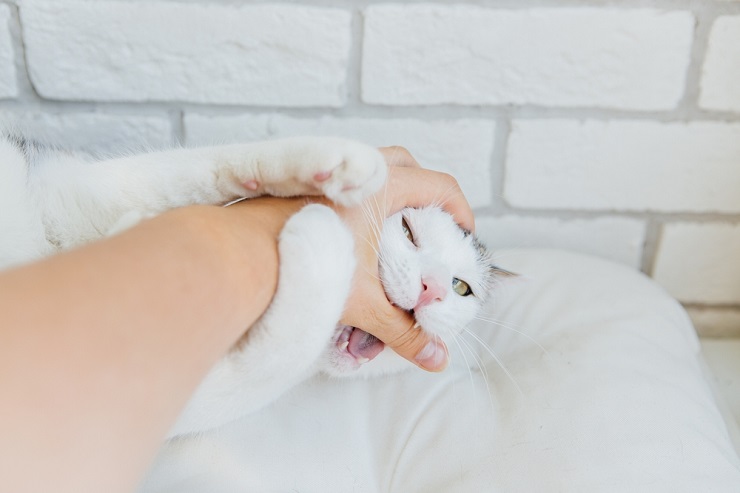
Being picked up is something that feels unnatural or even threatening to a cat.
Cats never greet another cat by picking each other up. They tend to communicate a friendly greeting using trilling noises, friendly cat body language, scent, and rubbing heads, cheeks, chins, or bodies against each other.
Being picked up and held is not a very natural feeling for a cat. In fact, it is more akin to being swooped on and picked up by a predator, and some cats are less tolerant of these emotions than others.
Also Read: How Do Cats Hunt?
2. Lack Of Socialization

Cats that were poorly socialized as kittens tend to be more fearful and less interested in being touched.
As kittens, cats go through a very important process called socialization, where they learn what is normal and part of a safe environment and what is not. A cat’s tolerance to touch and restraint will be affected by their very early life and whether human contact, being held, and physical touch was established as a positive and normal part of daily life.
Cats that have been poorly socialized tend to be more fearful and stressed in novel situations than cats that have experienced a wide range of sensory input at a young age.
Also Read: Why Does My Cat Hate Other Cats?
3. Restraint
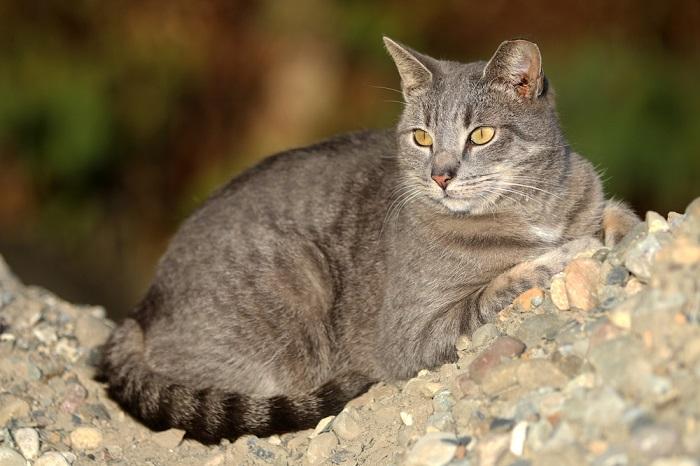
Many cats view being held as a form of restraint, which makes them want to get away to feel more in control.
As much as a cuddle is a lovely thing, it still reduces a cat’s options for getting away if anything were to startle it. If your cat hates being held, it may be that they see it as a form of restraint and are eager to reassert their independence and move away to their own chosen position.
This is commonly seen in strays, who are less likely to relinquish their control of the situation. It is also found in cats who have had negative experiences of being held, such as rescue cats or cats that have undergone a stressful procedure at the vet.
Also Read: Why Isn’t My Cat Affectionate?
4. On Their Own Terms

Your cat might prefer to choose their own spot to relax and survey their surroundings.
Cats like to perch somewhere up high, often choosing to be up on the back of a chair or another good vantage point where they can survey their territory in peace. You might think that this would lead to them actively wanting to be picked up and held, right?
However, your cat may feel disrespected by being picked up when they would prefer to choose their spot themselves. Provide plenty of cat-accessible perches up high and at eye level, and your cat will soon find them and enjoy them.
Also Read: 8 Ways To Help a Scared and Fearful Cat Be Confident
5. Fear
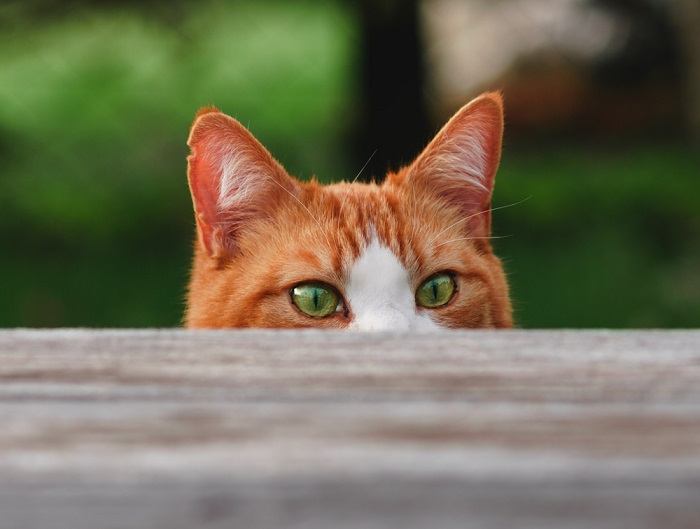
A fearful cat is less likely to enjoy being held.
Some cats are more scaredy-cat than others. If your cat hides at sudden movements, or loud noises such as thunderstorms or fireworks, they might just be a sensitive soul.
Cats that lack confidence might not like being swooped upon and picked up by a creature so much bigger than them. Cats who are a bit more anxious might wish to seek out affection on their own terms when they are in a more confident and companionable mood.
Also Read: 10 Subtle Signs Your Cat May Be Sick
6. Breed
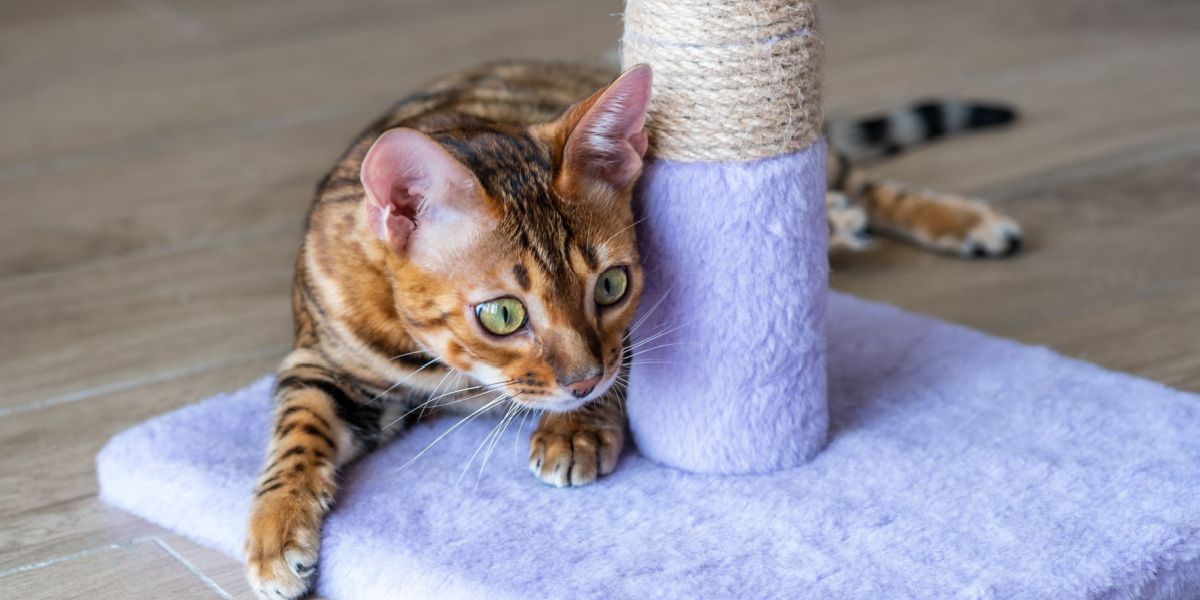
Some cat breeds are more affectionate and cuddly that others.
Some cat breeds are known for being more affectionate than others, while some are known for their more aloof and independent natures. For instance, many Ragdolls love to be cuddled and held, whereas Bengals often do not.
Also Read: 5 Important Facts Things To Keep In Mind Before Getting A Bengal Cat
7. Medical Conditions
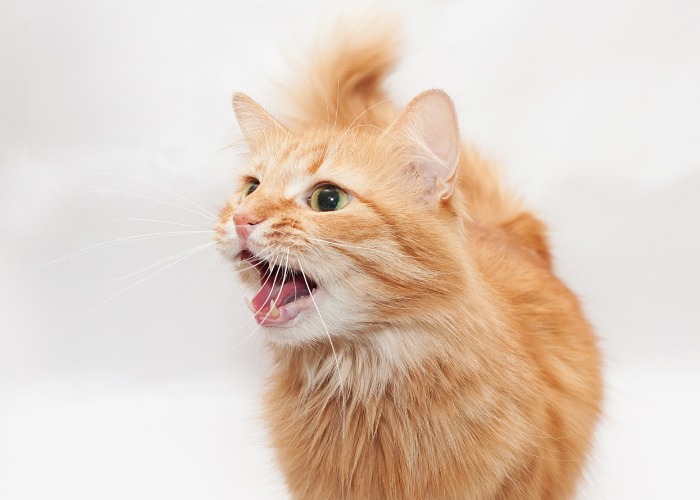
A cat in pain or discomfort might resist being held or touched.
Does your cat protest when picked up or held? Do they react badly to touch, even hissing or biting? These can be signs of a health issue, such as pain or discomfort. Cats are very good at hiding pain and illness, and sometimes a change in behavior is a key sign that something is wrong, especially if the change is sudden.
If your cat used to enjoy a snuggle but now hides away, or has started reacting badly to being touched or held, take them for a check with the vet. Conditions such as arthritis can cause pain. This can cause changes in behavior, but pain can be alleviated with medication. Your veterinarian will be the best person to advise on this, so book an appointment if you are concerned.
Also Read: Best Vet Recommended Cat Food: Top 6 Brands Reviewed
How Can I Get My Cat More Used To Being Held?
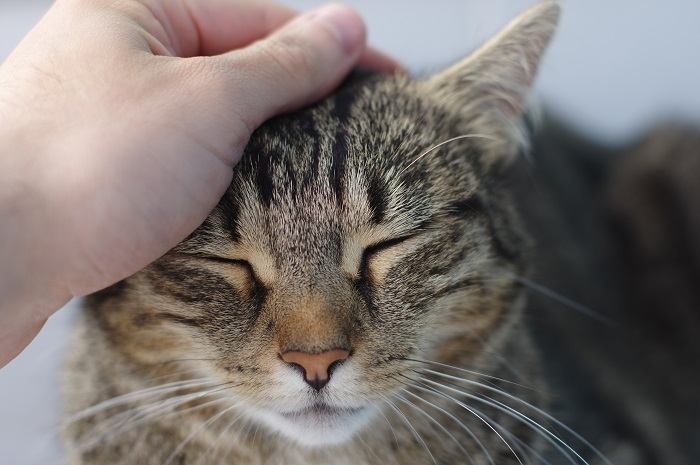
It’s possible to help a cat learn to enjoy more handling.
Some cats just don’t like being held, but some are just not used to it, and some careful practice may increase your cat’s tolerance level and help them to enjoy it. Start by gently stroking along their sides and back, using treats and praise to make this a positive experience. Then you can progress too slowly picking them up for a very short period before releasing them and showering them with praise.
Correctly holding a cat requires some practice. Always use two hands, and don’t leave their legs unsupported. One hand is usually under their chest to support their front end, and your other hand cups the back end and hind limbs securely. Hold the cat close to your chest so that they are safely cradled against you.
Slowly build up the amount of time that your cat is happy to be held for. Remain calm, always be very slow and gentle with your movements and give plenty of rewards. Don’t force the issue—if your cat is clearly not enjoying the process, gently put them back down and focus on bonding with them via a treat, playing with a toy, or a gentle stroke.
Also Read: How To Safely Play With A Cat, According To A Cat Behaviorist
Bonding With A Cat Who Just Isn’t Cuddly
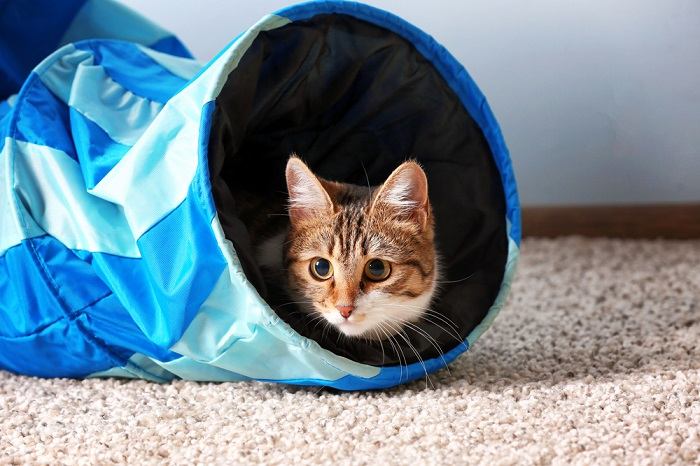
Cuddling and holding your cat isn’t the only way to bond.
If your cat is just not into being picked up and cuddled, you can still have a loving and affectionate relationship with them. Some cats don’t like the restraint of being held for a cuddle, but enjoy being stroked calmly while sitting near you. Others love to be groomed and will sit happily purring as you brush them.
If your cat is really against physical contact, invest in some good cat toys and instigate regular playtimes, and give some treats as well. All cats are individuals, and once you’ve worked out what makes your cat tick, you can play to their strengths.
If you have a cat that doesn’t like to be held, we hope these explanations help you to understand why. If your cat is not a cuddler, there are plenty of other ways to bond with them. If you really need them to tolerate being held, spend some time and practice gently acclimatizing them to this behavior.
Also Read: The 13 Most Affectionate Cat Breeds That Love to Cuddle
Frequently Asked Questions
Why does my cat not like being picked up or held?
Some cats and cat breeds just like being held less than others, and being picked up is not a very natural behavior for cats. Some really dislike it, often due to poor socialization, a protest against restraint, fear, or pain.
Can I train my cat to like being held?
Some cats don’t like being picked up and held, and it is important to respect that and not push their tolerance level. However, plenty of gentle handling alongside treats and praise, gradually progressing to short, calm periods of being held can, with time and patience, change some cats’ minds!
What do you do when your cat doesn’t like being held?
Being picked up and held is not a very natural behavior for cats, and many dislike it. Try bonding with your cat in other ways: playing, grooming, and treats. Practicing lots of gentle handling alongside treats and praise can help your cat enjoy it more.
Why is my cat not cuddly?
Some cats (and some cat breeds) are less cuddly and affectionate than others. Some cats like to show their love in other ways – try playing or grooming your cat, or gentle stroking with them sitting near you.








Great article